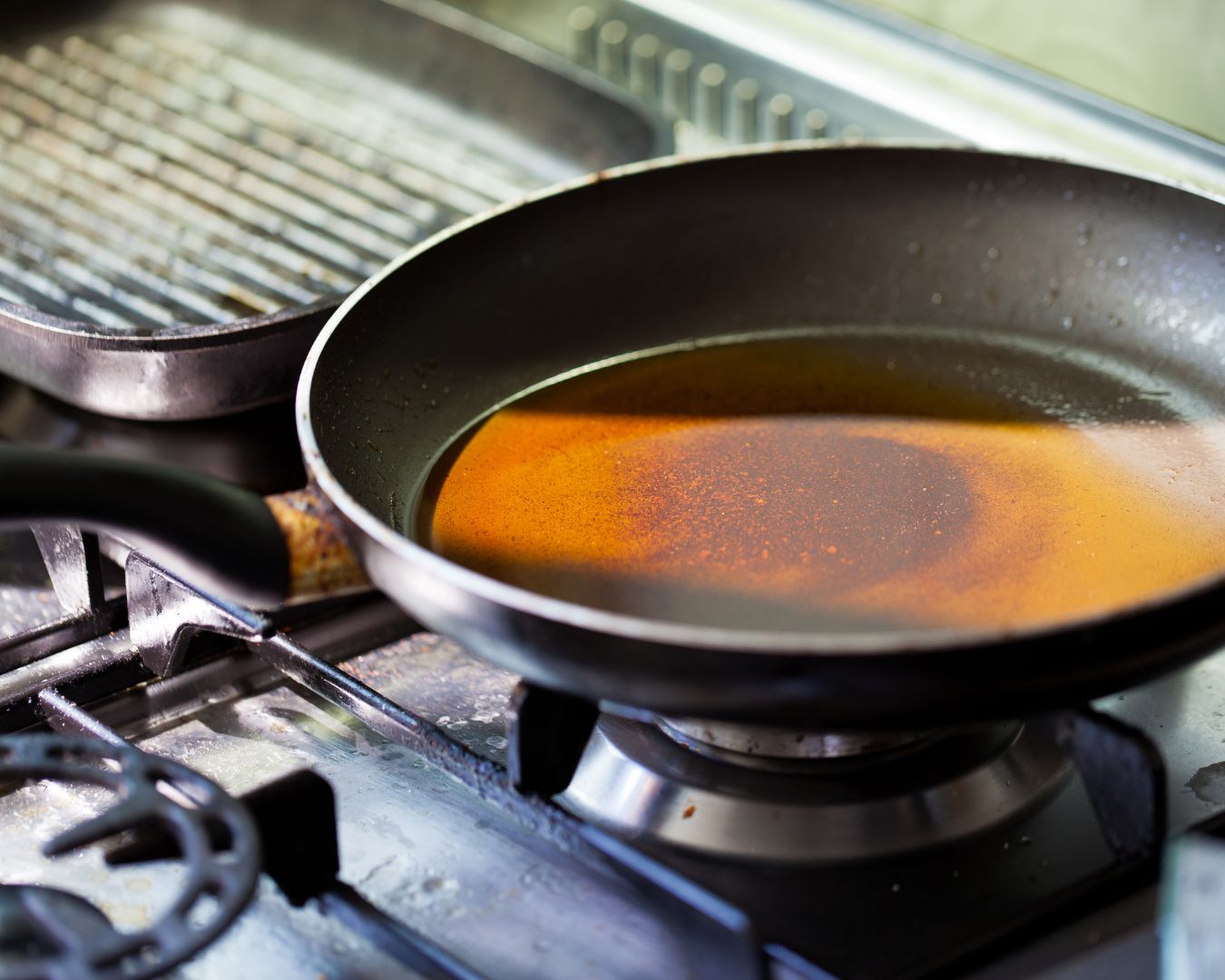Best Practices for Cleaning Grease and Oil from Kitchen Containers
Cooking often involves using oils and fats, which can leave stubborn grease stains on kitchen containers. Whether it’s a glass jar, plastic container, or stainless steel bowl, cleaning these items can be challenging without the right techniques. Simply rinsing them under hot water isn’t always enough, and leftover grease can attract bacteria, cause odors, and even ruin the integrity of the container.
In this guide, we’ll explore the best practices for cleaning grease and oil from kitchen containers. These tips will help you maintain spotless, odor-free containers while preserving their longevity.
1. Why Removing Grease Properly Matters
Grease and oil are hydrophobic, meaning they repel water, which makes them tough to clean. If not removed properly, grease residue can:
- Attract Bacteria: Residual grease can harbor bacteria, compromising food safety.
- Cause Lingering Odors: Grease can leave a stubborn smell that’s difficult to eliminate.
- Affect Performance: Build-up on plastic or silicone can reduce their functionality over time.
2. Best Cleaning Practices
1. Use Dish Soap Designed for Grease Removal
Not all dish soaps are created equal. Look for a high-quality detergent formulated to cut through grease.
Steps:
- Rinse the container with warm water to loosen grease.
- Apply a generous amount of dish soap directly to the greasy area.
- Scrub using a sponge or brush with warm water.
- Rinse thoroughly until all residue is gone.
Tip: Opt for eco-friendly grease-cutting detergents to protect both your health and the environment.
2. Employ Baking Soda for Tough Stains
Baking soda is a natural abrasive and deodorizer, perfect for tackling stubborn grease.
Steps:
- Sprinkle baking soda generously onto the greasy surface.
- Add a few drops of water to form a paste.
- Scrub with a sponge or cloth in circular motions.
- Rinse with warm water and dish soap for a final clean.
3. Soak Containers in Vinegar Solution
Vinegar’s acidity helps break down grease and neutralize odors.
Steps:
- Fill the container with a mixture of equal parts white vinegar and warm water.
- Let it soak for 15–30 minutes.
- Empty the solution, scrub with soap, and rinse clean.
Note: Avoid using vinegar on porous materials like wood or unsealed stone.
4. Try Lemon and Salt for Natural Cleaning
Lemon’s acidity and salt’s abrasiveness create an effective cleaning combo for stubborn grease.
Steps:
- Sprinkle salt on the greasy area.
- Squeeze fresh lemon juice over the salt.
- Scrub using the lemon half or a sponge.
- Rinse thoroughly with warm water.
5. Use Cornstarch for Plastic Containers
Plastic can absorb grease stains, making them difficult to remove. Cornstarch acts as an effective degreaser for plastic materials.
Steps:
- Sprinkle cornstarch onto the greasy area.
- Rub it in with a damp cloth to absorb the oil.
- Wash with dish soap and warm water.
3. Tools That Help Remove Grease Effectively
- Microfiber Cloths: Great for scrubbing without scratching surfaces.
- Bottle Brushes: Ideal for cleaning narrow containers or jars.
- Silicone Sponges: Gentle yet effective on grease stains.
- Grease-Cutting Degreasers: For heavy-duty cleaning tasks.
4. Preventing Grease Build-Up
- Rinse Immediately: Rinse containers immediately after use to prevent grease from hardening.
- Line Containers: Use parchment paper or silicone liners in reusable containers for easy cleaning.
- Avoid Plastic for Oily Foods: Switch to glass or stainless steel, which resist oil absorption.
5. Additional Tips for Stubborn Grease
- Boiling Water: Pour boiling water into heat-safe containers to loosen grease before washing.
- Rubbing Alcohol: Use rubbing alcohol to break down grease on non-porous surfaces.
- Dishwasher Settings: Use the high-temperature or grease-cutting cycle for dishwasher-safe items.
6. When to Replace Your Containers
Despite your best efforts, some grease stains may become permanent over time, especially in porous materials like plastic. Consider replacing containers when:
- They retain odors despite thorough cleaning.
- Grease stains are visible and cannot be removed.
- The material becomes brittle or warped.
Cleaning grease and oil from kitchen containers doesn’t have to be a dreaded chore. With the right tools, techniques, and preventive measures, you can maintain spotless, odor-free containers that last for years. Incorporate these best practices into your cleaning routine to keep your kitchen hygienic and organized.
What’s your go-to method for cleaning grease from containers? Share your tips in the comments below or let us know which of these techniques worked best for you!

